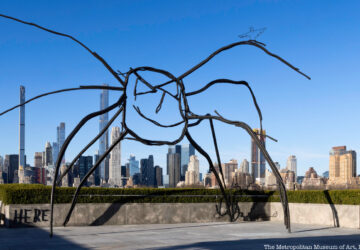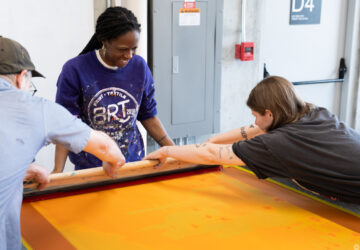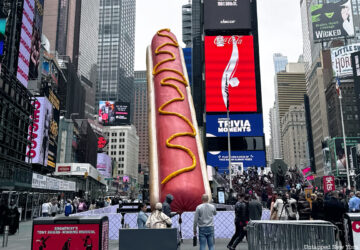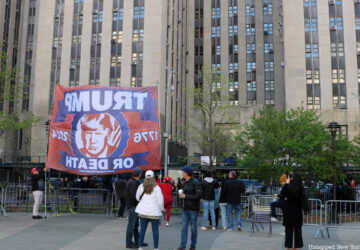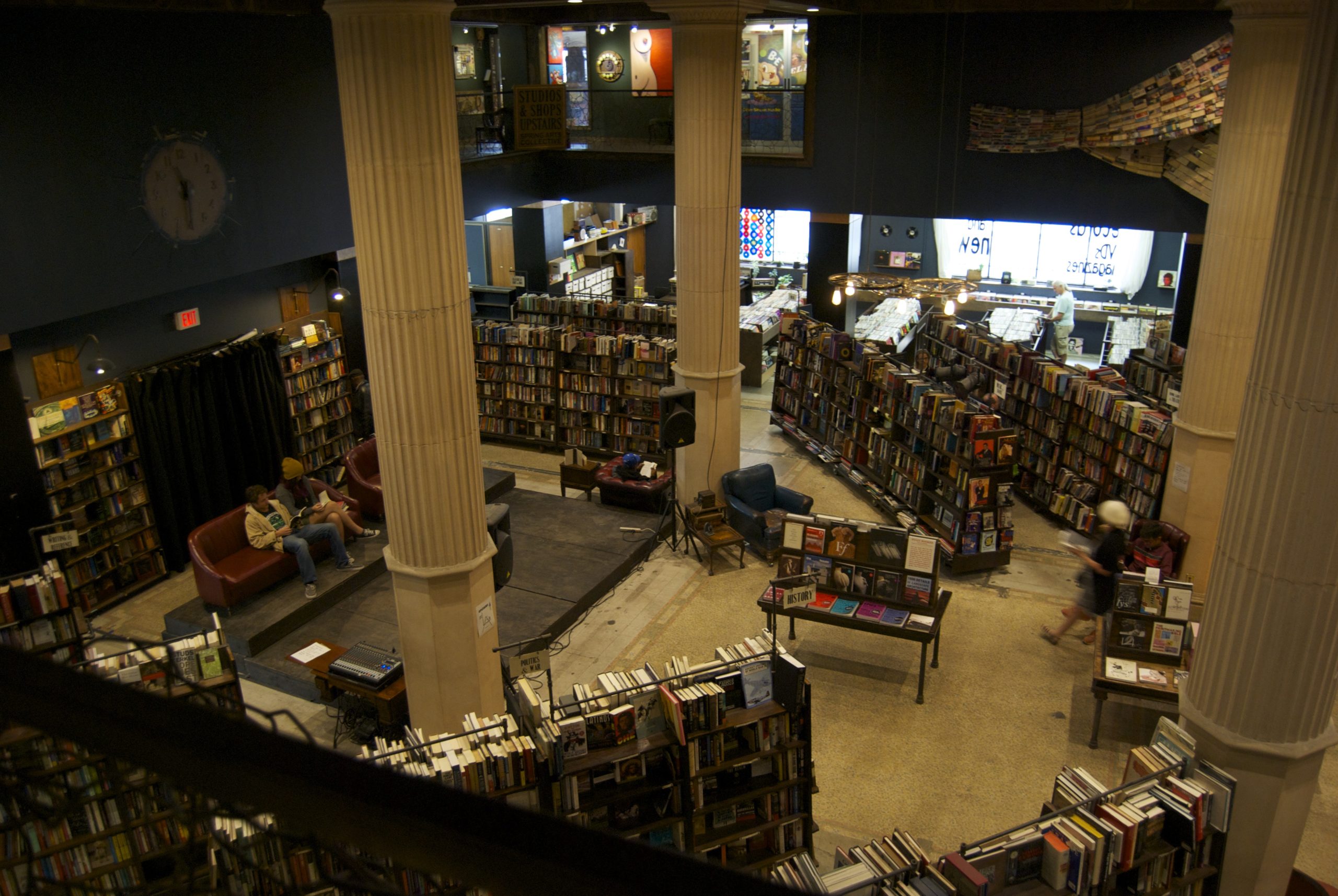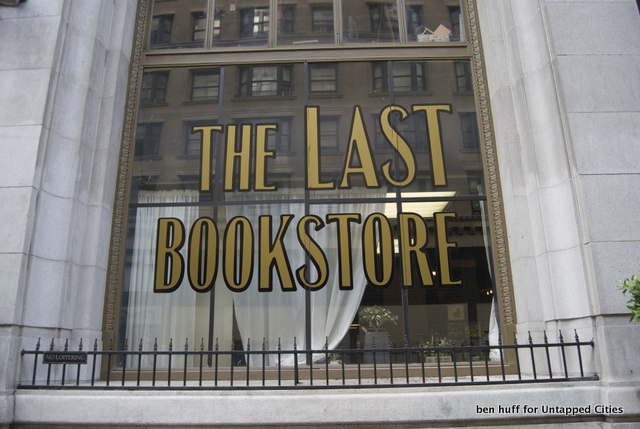
The Last Bookstore. Thankfully this is not a true statement, but the provocative name and lettering on the sign are enough to make anyone wandering around Downtown Los Angeles curious. This might be one of the largest bookstores you’ll ever see, inconspicuously tucked away in a former bank on Spring street.
The store’s name is a play on words. The owners are well aware that the book selling industry is in a sort of crisis, but this never fazed them. The store’s first incarnation was a downtown loft in 2005, and when their online-only shop started to take off, they decided to find a brick and mortar space. They opened a shop on 4th and Main in 2009, but as the only store that bought used books, they quickly filled out their shelves. When that lease was up they moved into the current 10,000 square foot location.
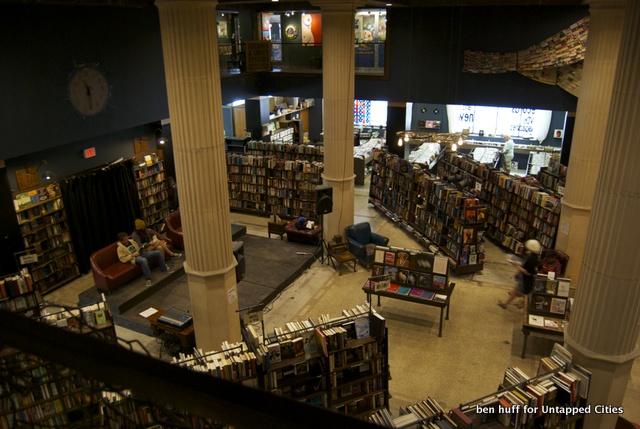
The store is organized more like an online store than your traditional bookstore. Rather than sticking to alphabetical order with fiction and non-fiction, they break things up into very specific genres. For example, they have a stack dedicated to books about Los Angeles, right next to a stack of Los Angeles authors. Science fiction and fantasy occupy an entire room, as they always should. Attached to this room is a vault of crime and mystery, which you have to go through an actual vault door to get to. In an adjacent room everything is a dollar, organized by color rather than author.
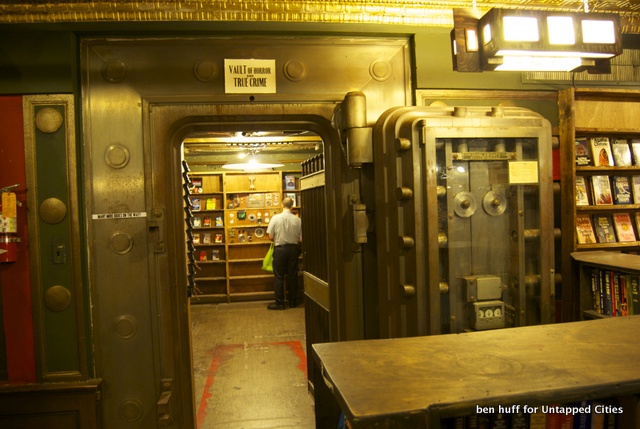
Located around the shop are many original art pieces, made with books of course. These pieces appear sporadically as you explore the two floors. This particular piece overlooks you on the second floor.
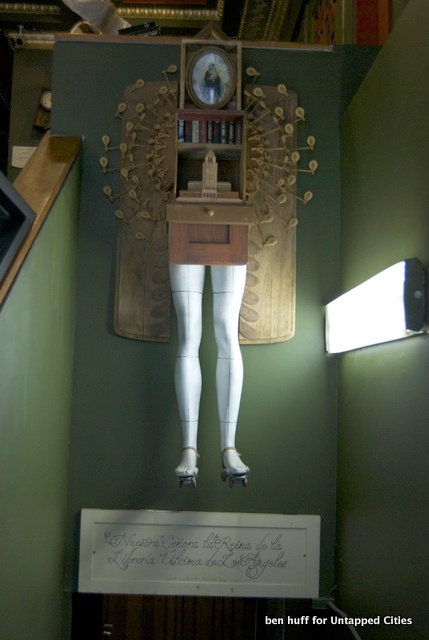
With its vaulted ceilings and assortment of vault doors, the remnants of the former bank are still present and well-incorporated into the space. Designed by Parkinson and Bergstrom in 1914, the building was completed at a time when the downtown historic core of Los Angeles was called “The Wall Street of the West.” Crocker Bank, which helped finance the California Central Railway, eventually took over the space when they merged with Citizen National, settling in the bank tower until they were acquired by Wells Fargo. Although Wells Fargo bought Crocker in 1986, they never operated a bank in the building.
This building is cousins with some of the most important and enduring landmarks in Los Angeles. Other notable buildings designed by John Parkinson include the Homer Laughlin Building, Los Angeles City Hall, The Bullocks Wilshire, and Union Station. Now called the Spring Arts Tower, the building hosts a number of creative businesses, artists, filming locations and restaurants, which have helped reinforce the renaissance of downtown Los Angeles.
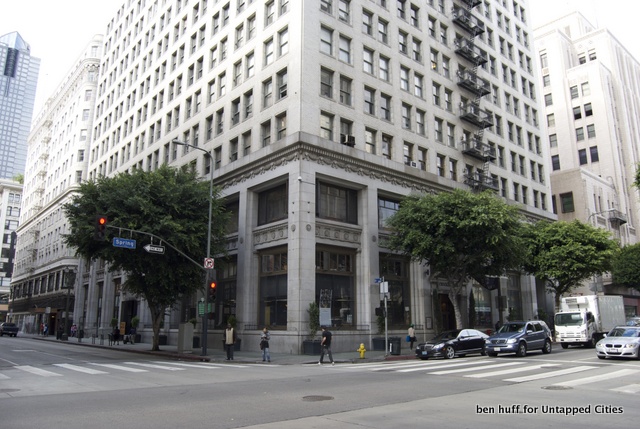
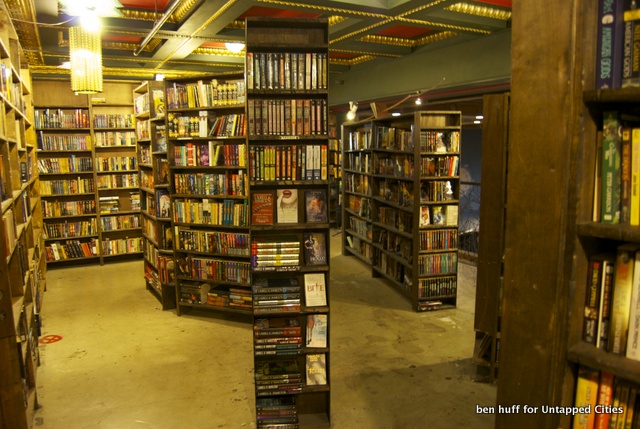
In addition to used books, the second floor also has a number of artists in residence and mini shops that occupy small spaces. According to Kate from The Last Bookstore, the building owner already had these spaces leased when they came in, but they have found a great relationship with them. Let’s be honest, it is easy to associate yarn people with book people, so a yarn store within a used bookstore clearly makes sense.
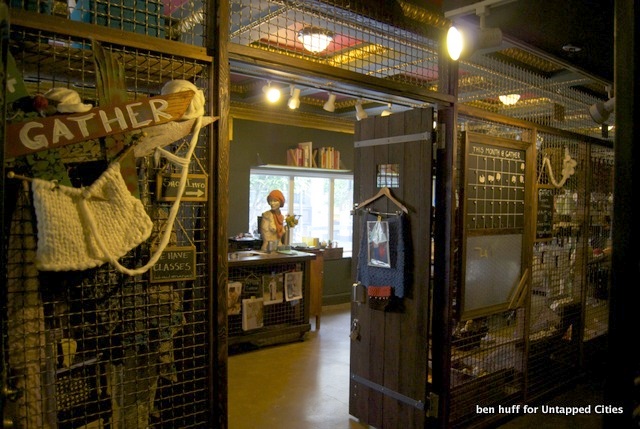
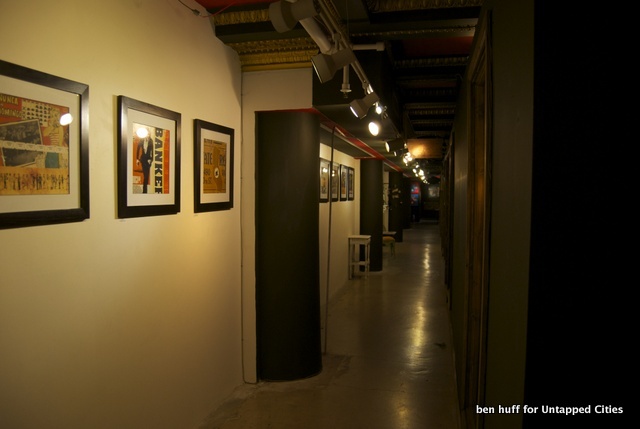
So next time you find yourself in Downtown LA, make sure to check out this eclectic bookstore. Beyond the great selection of used novels, art, records, and of course yarn, this store represents a model of what future independent book stores should follow, teaming up with local artists. For locals in LA, the store hosts an amazing collection of events, book signings, art walks, and fashion. In this age of urban renaissance, it is amazing to see Downtown LA come into its own.
